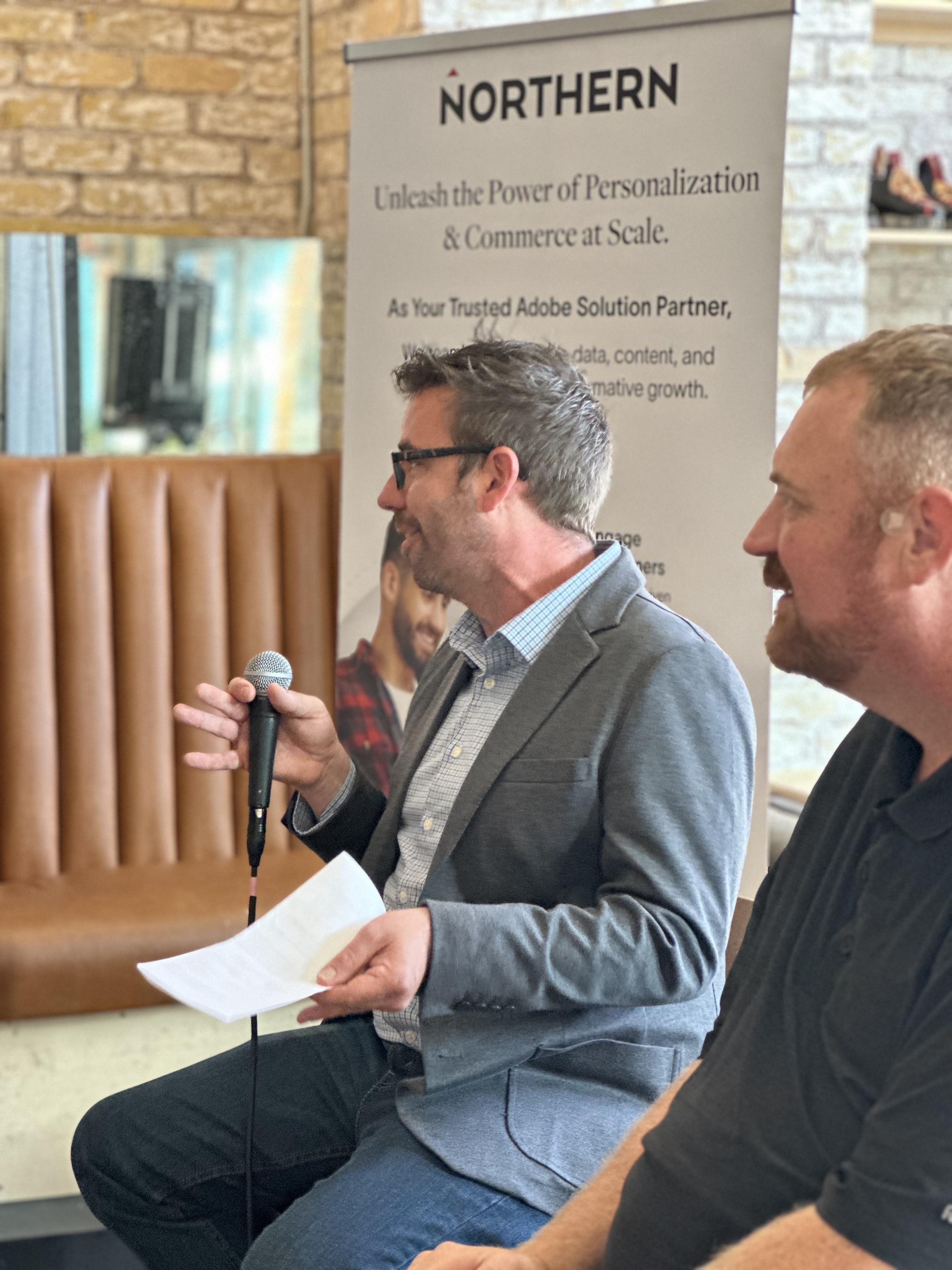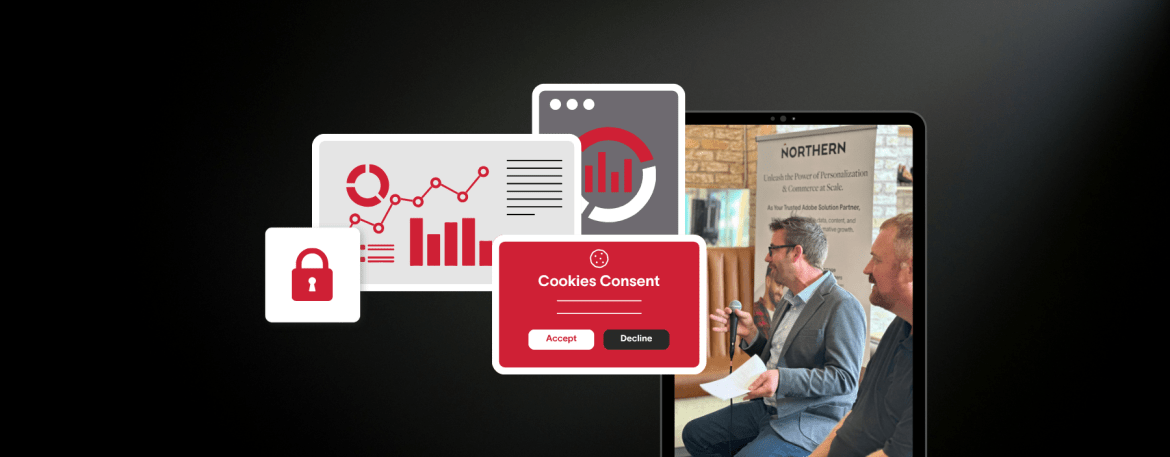Consent in the Age of Big Data, Automation, and AI: Why Responsible Data Practices Are a Competitive Advantage

Ben Thompson
Director, Business Intelligence & Analytics, Omaha Steaks
We live in a digital world powered by data. And it’s this data that fuels the personalization, automation, and AI-driven insights that companies and consumers alike rely on daily. With this in mind, “consent” isn’t just legal jargon — it’s the cornerstone of trust and business success. But as a great man once said, “...with great data comes great responsibility.” (Anyone’s spidey-senses tingling?)
Having a deep understanding of consent and being able to navigate this complex landscape confidently has become essential for every business.
The Monday Morning Wake-Up Call: Are You Facing a Nightmare or Hero Scenario?
Take a moment to get in the right mindset, and imagine starting your week in one of two ways:
Nightmare Scenario: You discover your systems are collecting and sharing customer data without proper consent. Worse, this data is leaking to old vendors you no longer partner with — vendors you haven’t vetted or signed a Data Processing Agreement (DPA) with. Suddenly, you’re exposed to legal risks, eroding trust, and potential financial penalties.
Hero Scenario: Legal calls you for proof of consent, and you’re able to confidently retrieve the exact click event from your analytics platform — Adobe or otherwise — proving the customer’s explicit consent. You have the clean, complete, and compliant data to resolve disputes swiftly.
Between these extremes lies an everyday opportunity of being a business that drives superior customer experiences through analytics, Customer Data Platforms (CDPs), personalization engines, and vendor integrations (and of course, amazing steaks), all while staying fully compliant. Read on to learn how!
Why Do Websites Collect Customer Data?
This may seem obvious, but it’s worth outlining the fundamentals: data collection serves two core purposes:
- Improving the customer experience through tailored recommendations, seamless checkout processes, and more relevant advertising.
- Driving business growth by providing clear insights into campaign performance and customer behaviour, which in turn enables smarter, data-driven decisions.
What Types of Data Are We Talking About?
There are three main data categories to understand:
| Essential Data | Names, emails, payment, shipping — everything needed to complete a transaction. |
| Behavioural Data | Browsing patterns, clicks, cart activity — this data provides insights into a customer’s intent and preferences. |
| Technical Data | Device info, IP addresses, cookies — powering site performance and security. |
The challenge across the board comes down to ensuring data integrity and ensuring you’re capturing all of the necessary data accurately. For this, regular independent audits of vendor tagging implementations, like those of Adobe and others, are crucial. Even a minor technical glitch can distort insights and lead to misinformed decisions.
What Does Customer Consent Really Mean?
You can’t view consent as simply a checkbox or banner asking customers to “accept cookies.” Consent is about real choice, providing customers with clear options, and enabling them to easily update their preferences at any time.
Explore Northern’s Data Governance & Compliance Services
Build trust, protect data integrity, and stay compliant with evolving privacy regulations. Northern helps organizations implement end-to-end data governance frameworks to ensure accuracy, transparency, and ethical use of customer data.
But honouring consent in practice is far from simple. It involves precise tag management, vendor controls, and real-time monitoring — and this is where having expert partners such as Northern and tools like Sentinel Insights become invaluable in ensuring systems respect customer choices, even as website code evolves.
Why Is Consent Such a Big Deal Now?
Consent has become a hot topic lately, with two forces driving it to the forefront: trust and regulations.
Consumers are increasingly privacy-aware, and brands that respect consent build loyalty, while those that don’t risk losing it. At the same time, privacy laws like GDPR and CCPA — and emerging state laws — now require transparency and explicit consent.
Failing to manage consent properly can lead to legal consequences, reputational damage, business disruption, and more.

Best Practices for Handling Consent Effectively
- Use plain language that customers actually understand.
- Employ just-in-time prompts to request consent in relevant moments, not all at once.
- Provide a centralized preference centre so users don’t have to hunt through multiple menus.
- Demonstrate clear value exchange by showing customers the benefits — personalized offers, rewards, faster service — of sharing data.
Pair these tips with a clear plan, trusted partners, and ongoing monitoring to stay ahead as the compliance landscape continues to shift.
Consent as a Competitive Advantage
In a time defined by big data, automation, and AI, consent is no longer a peripheral concern. It’s necessary to view it as the foundation on which trust, compliance, and exceptional customer experiences are built.
The companies that thrive will be those that use data responsibly, build trust, and deliver clear value — because respecting privacy isn’t just ethical, it’s smart business.

Stay informed, sign up for our newsletter.

